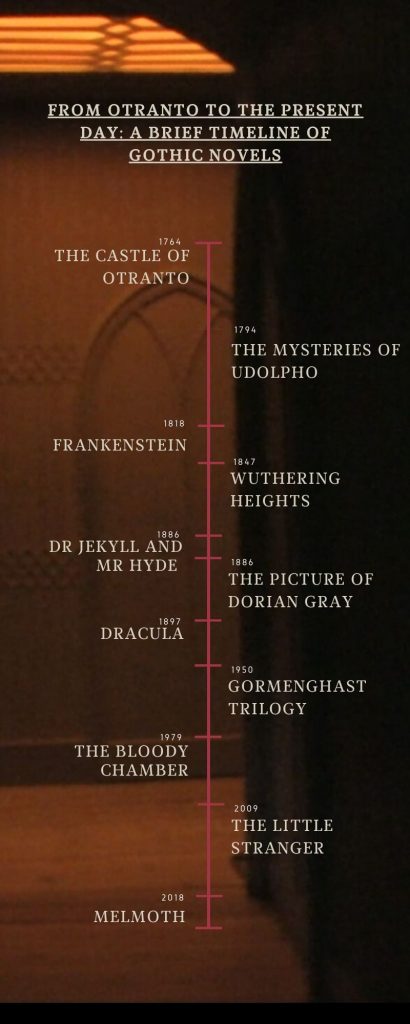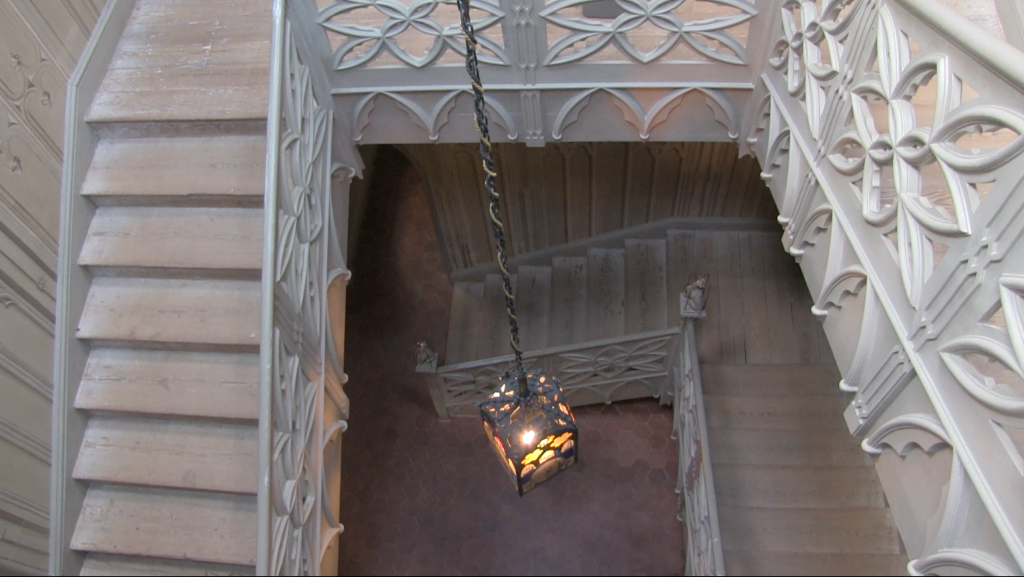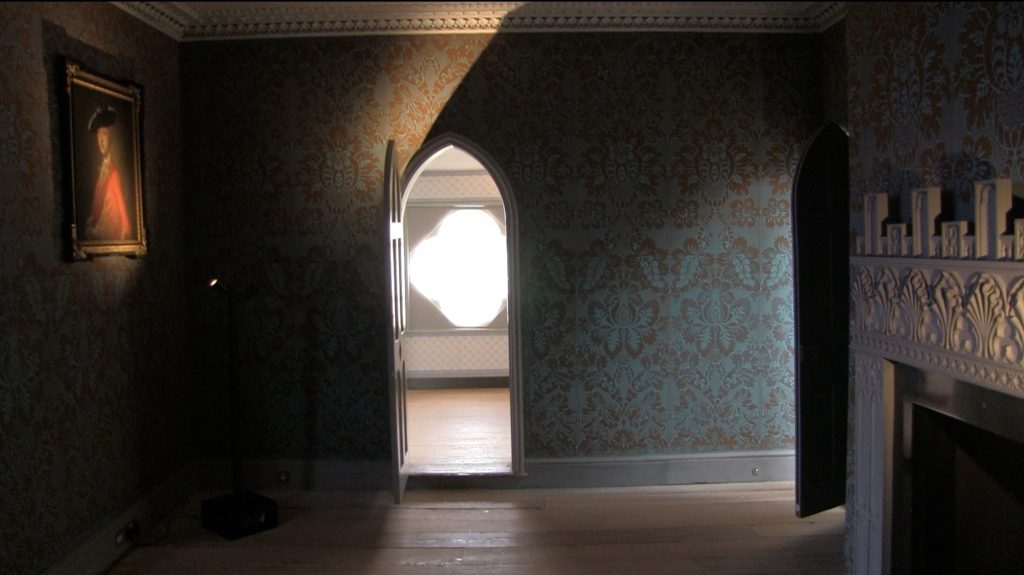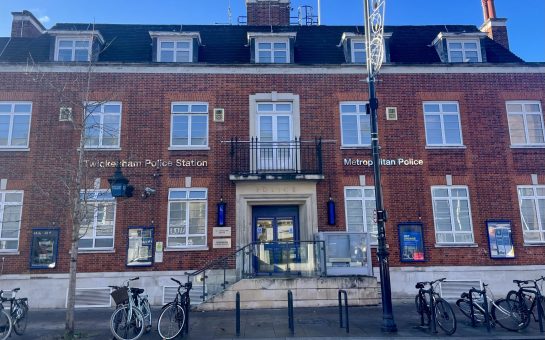![]() By Ed Southgate
By Ed Southgate
January 28 2020, 19.45
Follow @SW_Londoner
Gothic tales of death and the supernatural are just as popular as when the first novel hit the shelves, asserted an education guide at the genre’s Twickenham home.
Julie Mason-Jebb, a volunteer at Strawberry Hill House, said students often visit the Waldegrave Road castle to see where stories of monsters and vampires all began.
She spoke after the BBC’s hit adaptation of Bram Stoker’s Dracula which saw over three million tune in to its first episode earlier this month.
Ms Mason-Jebb said: “The Gothic goes on and on and it keeps reinventing itself today. Every age reinvents the Gothic in its own way.
“After Freud, the Gothic became much more psychological. It would have died if it hadn’t kept reinventing itself.”
The Gothic was born in 1764 with Horace Walpole’s The Castle of Otranto, which is widely understood to be based on his Strawberry Hill House.
Ms Mason-Jebb said just one visit to the castle will give a sense of the gothic atmosphere and make clear how the space inspired Walpole’s writing when founding the genre.
Students researching The Bloody Chamber author Angela Carter come to Strawberry Hill House, she said, and instantly see the influences in her contemporary tales from Walpole’s eighteenth-century invention.
The son of Britain’s first Prime Minister, however, did not put his name to the first edition.
By the second edition, which only came out a few months later, he put his name to it because copies had flown off the shelves.
Walpole’s The Castle of Otranto originated from a dream the then-52-year-old had in his gothic abode.
Ms Mason-Jebb said it just takes one look around the castle to see where he got his inspiration.
“When I read novels such as Sarah Perry’s Melmoth, I keep being reminded of the elements of the gothic that I read first in The Castle of Otranto,” she added added.

What is Strawberry Hill House?
Strawberry Hill House is Walpole’s castle is a ‘fake’ Gothic castle. Built from 1749, the would-be founder of gothic literature sought to add the pretence that this villa had been around for years and years.
He added suits of armour to add to the allure of an ancient past, as these would typically be displayed as a sign of the armour won in conflict. Similarly, Walpole put up large paintings of ancestors – who had obviously never lived in that castle – to give the appeal of the ancestral home.
He filled it with books, artwork and stain glass windows, the majority of which was auctioned off in the Great Sale of 1842.
Hung on the far left side of Walpole’s stately gallery – a room entered after a chilling trip through a dark and claustrophobic corridor – would have been Lord Falkland.
This image is credited with inspiring the scene in Otranto where a painting comes alive and beckons to Manfred and hurries him off down through a little door on the right; it is surely not so coincidental that in the same room as this painting hung was a little door that veered off to the right.
The castle has remakes of some other paintings – made by Factumarte in a way that looks uncannily as though they were the original – but for the key painting of Lord Falkland they will settle for nothing but the one Walpole had in his home as he wrote that first gothic tale.

Who is Horace Walpole?
Horace Walpole was a member of parliament – his father was Britain’s first Prime Minister and his painting overlooked Theresa May as she signed Article 50 triggering Britain’s exit from the European Union.
He is credited with founding the gothic genre with his 1764 The Castle of Otranto. It is said that the basis for the tale came from a dream he woke up from in his bedroom at Strawberry Hill House, and that the castle in which the book’s events take place is directly inspired from this house.
Strawberry Hill House is open to the public for visiting from 11am to 3pm Monday to Wednesday, and 11am to 4pm on Sundays and Bank Holidays.
Tickets cost £12.50 for adults with varying prices for other groups. More information is at strawberryhillhouse.org.uk.
Test yourself on your knowledge of the Gothic with our interactive quiz here!





